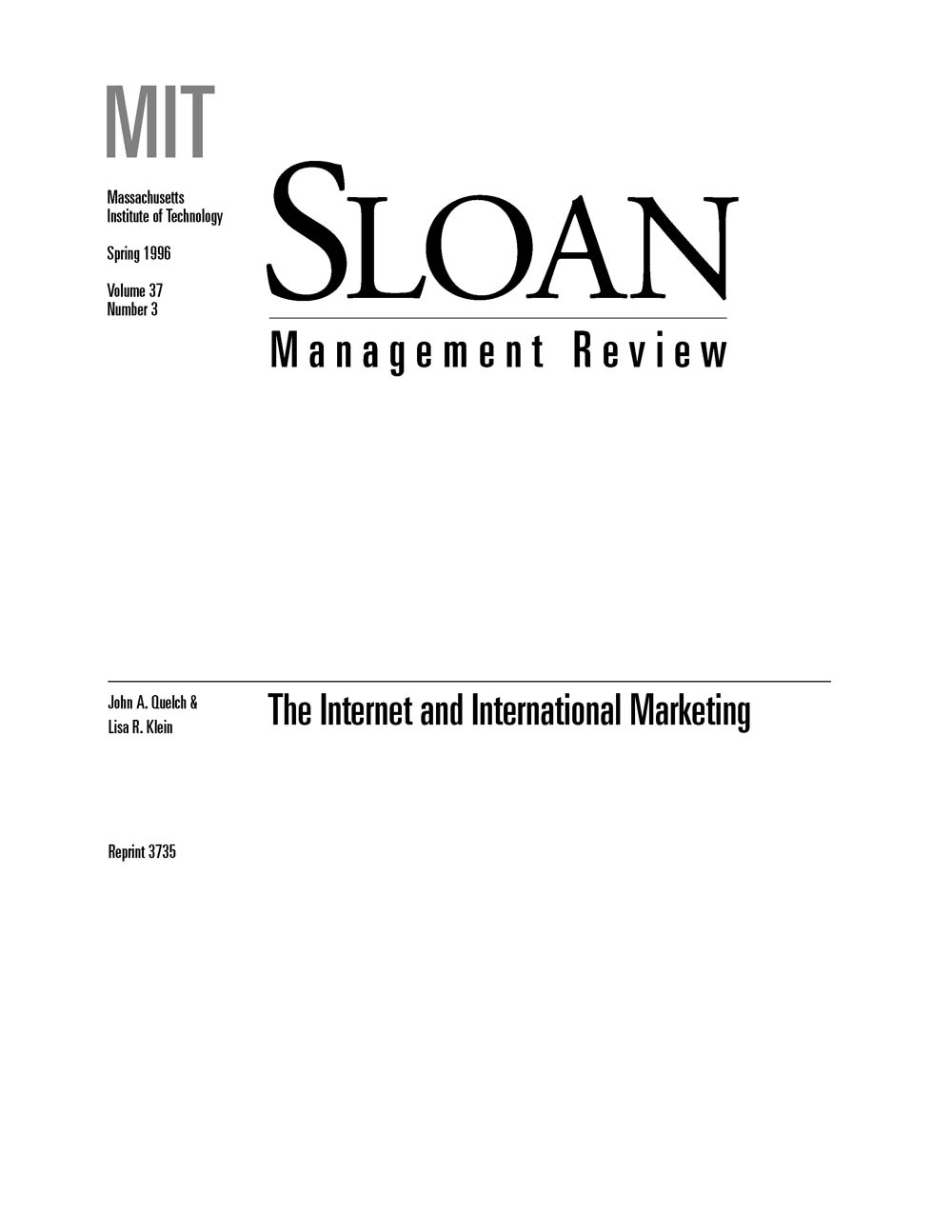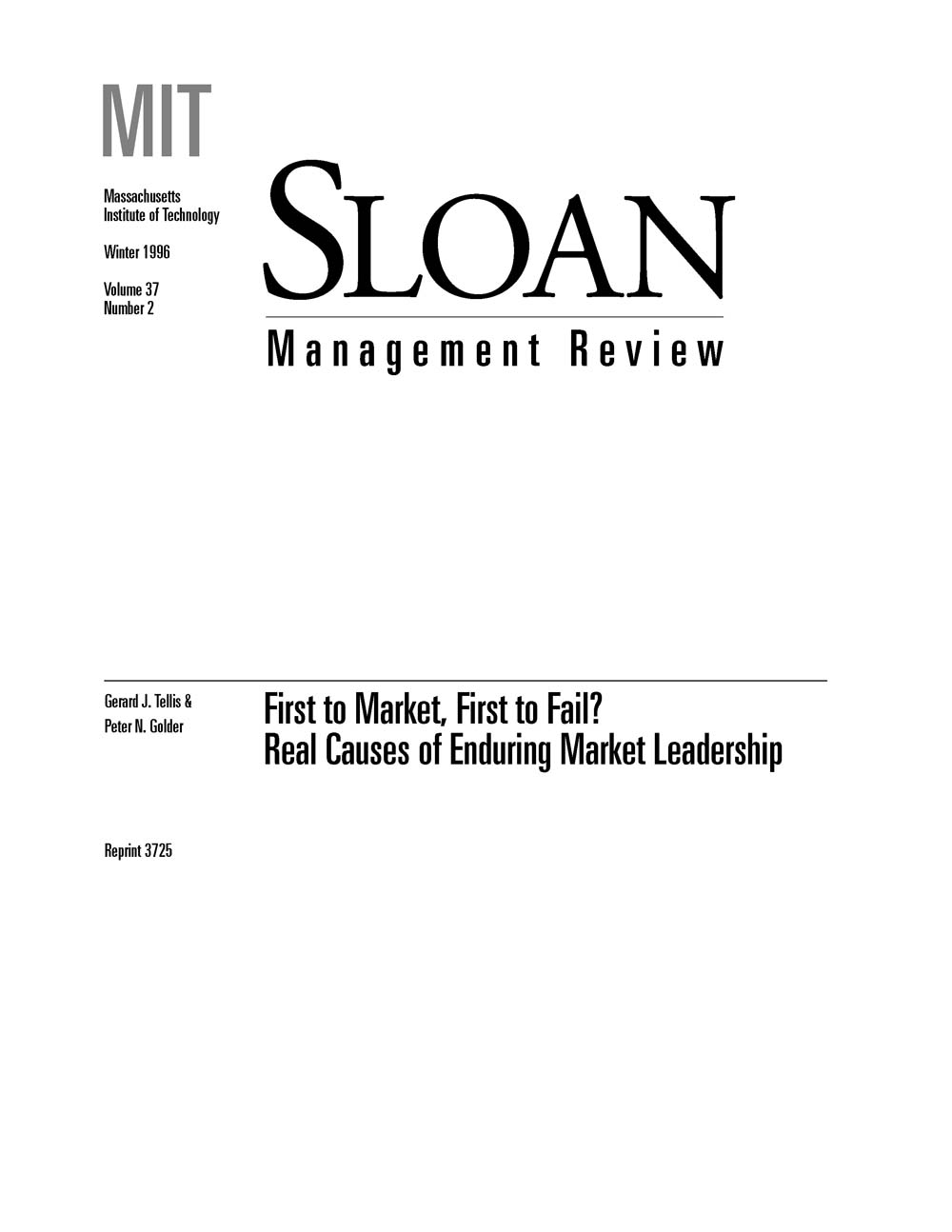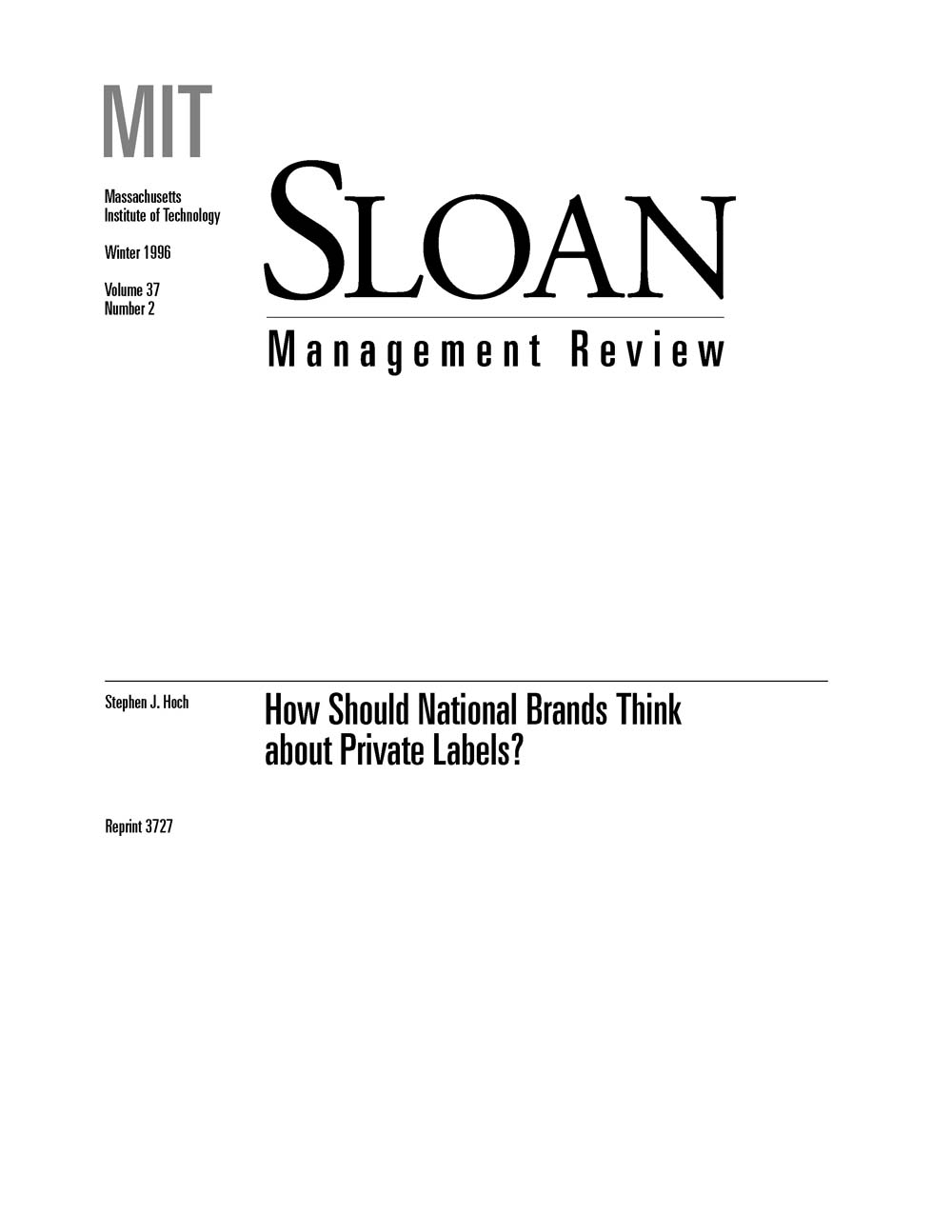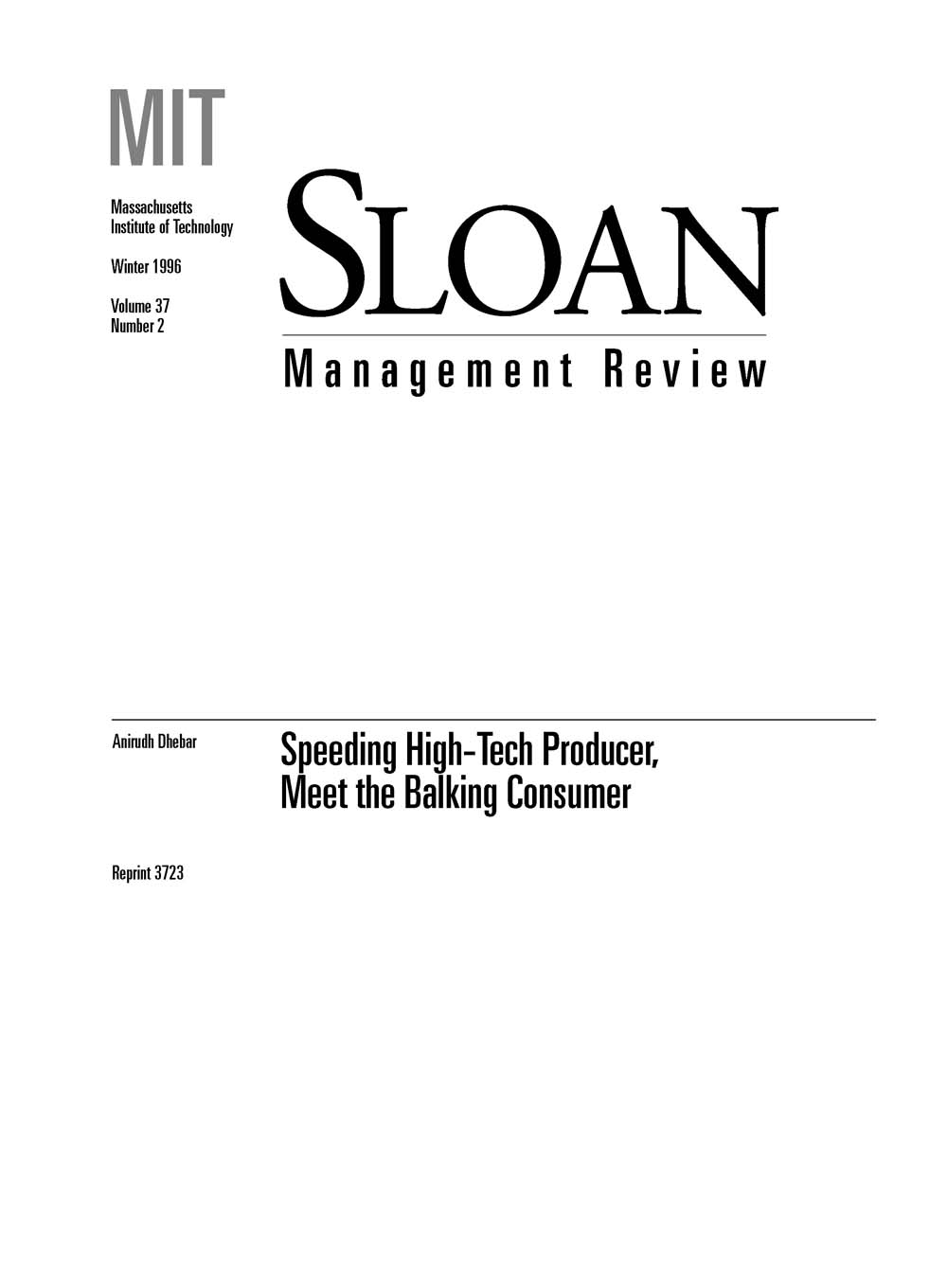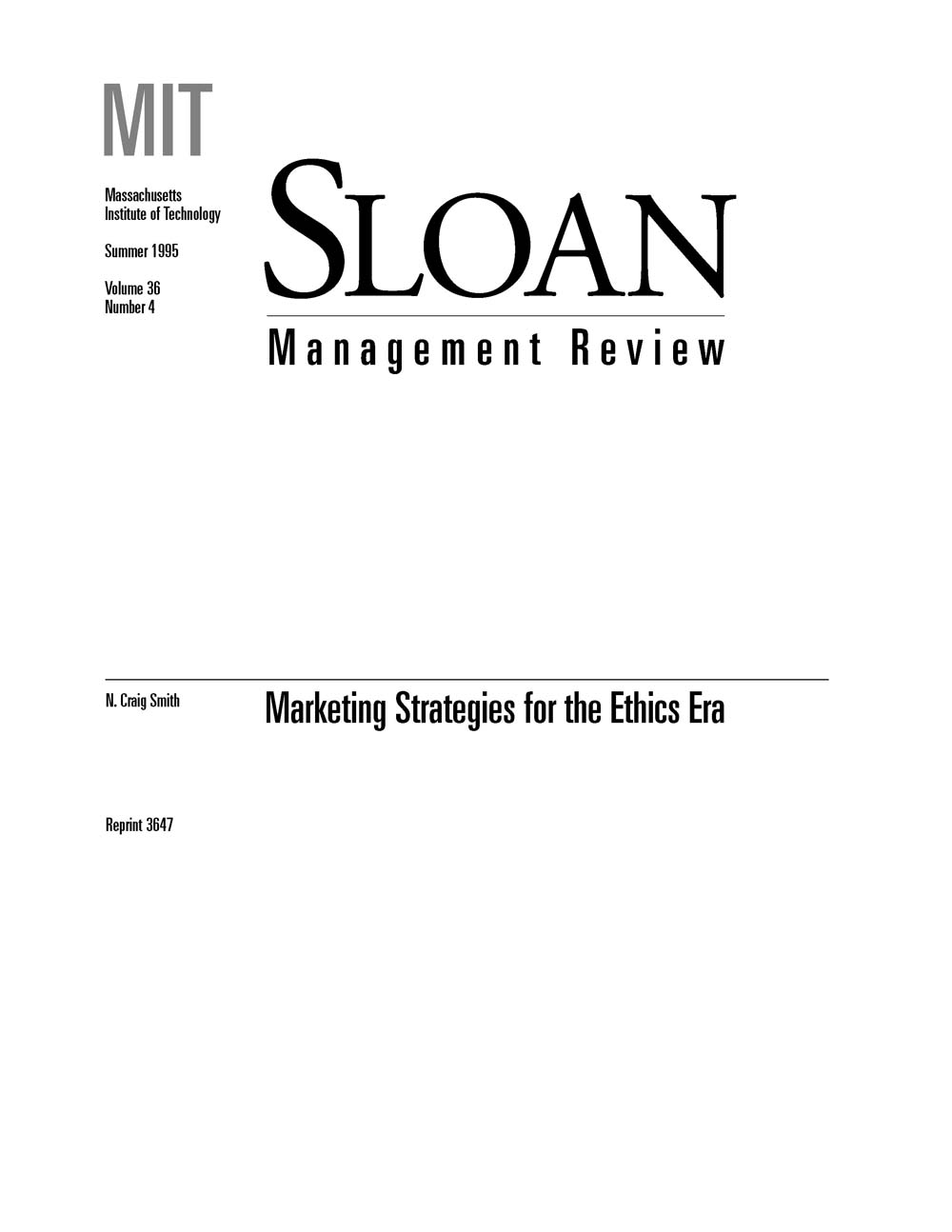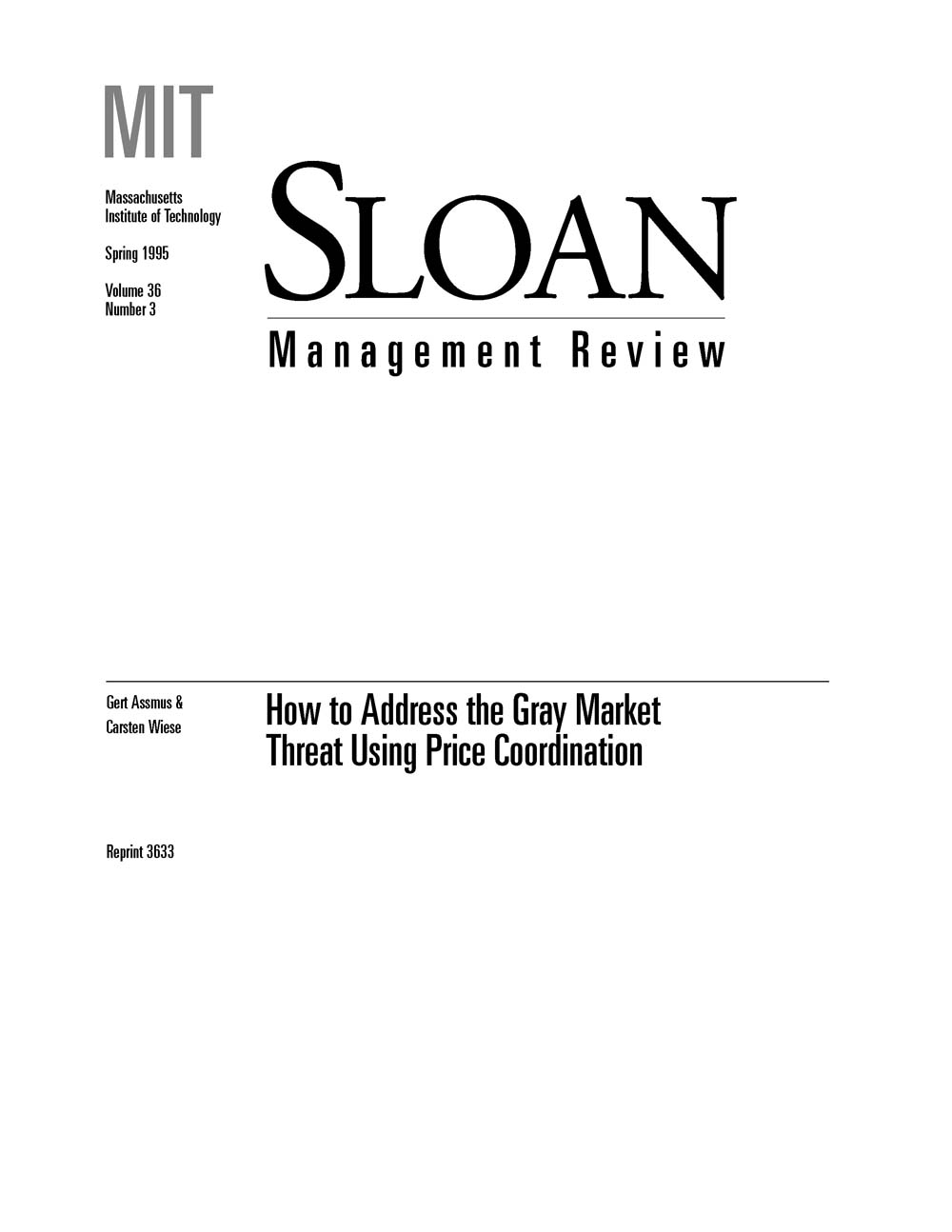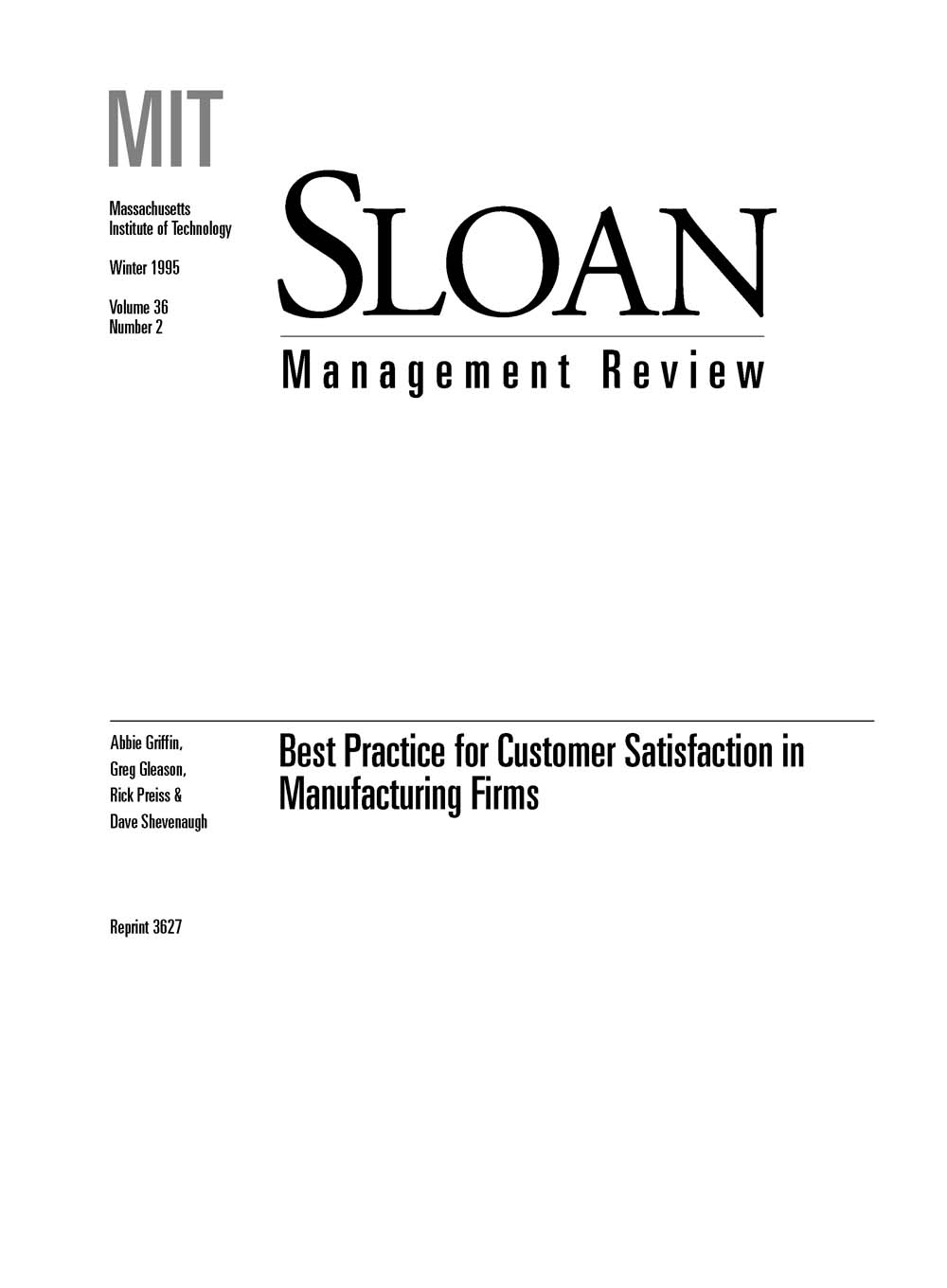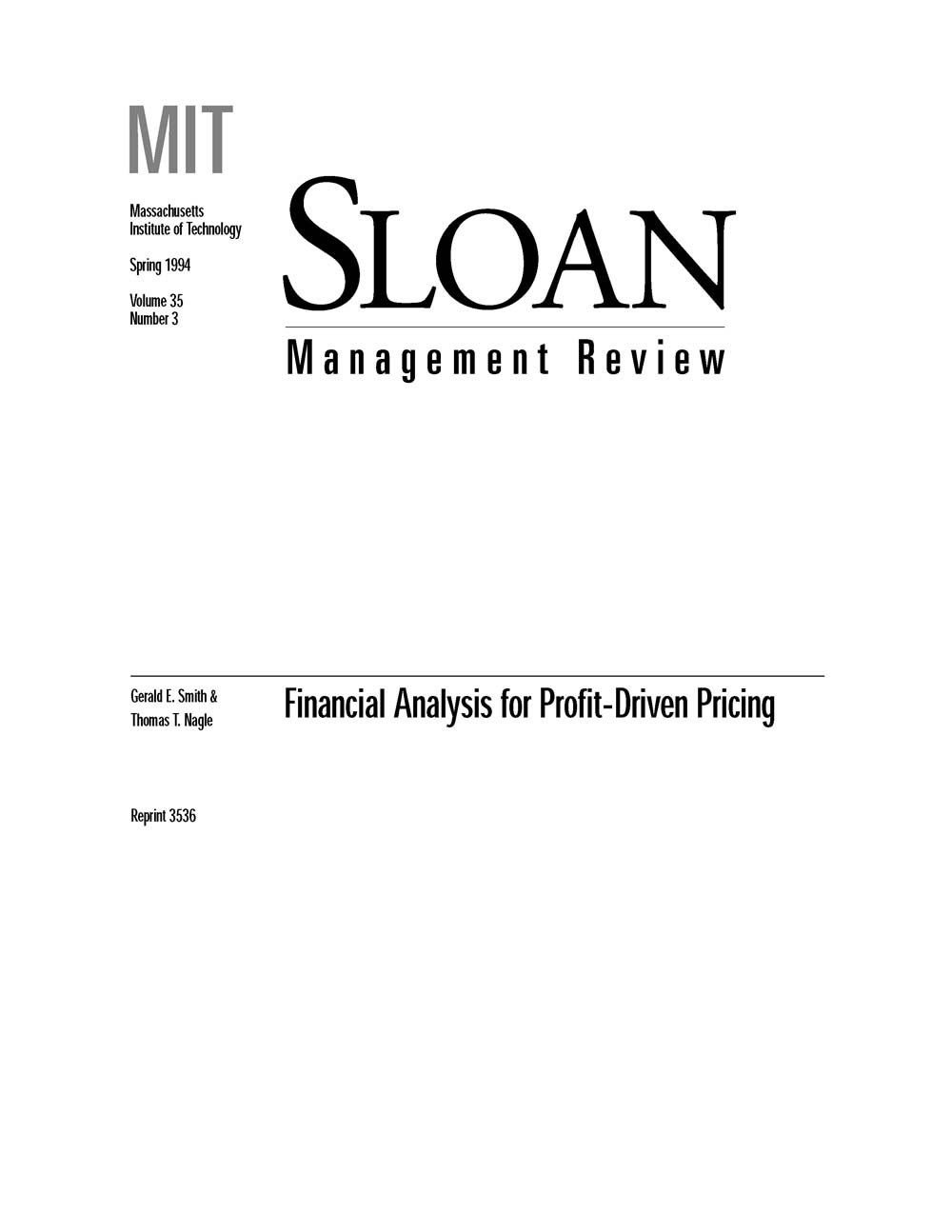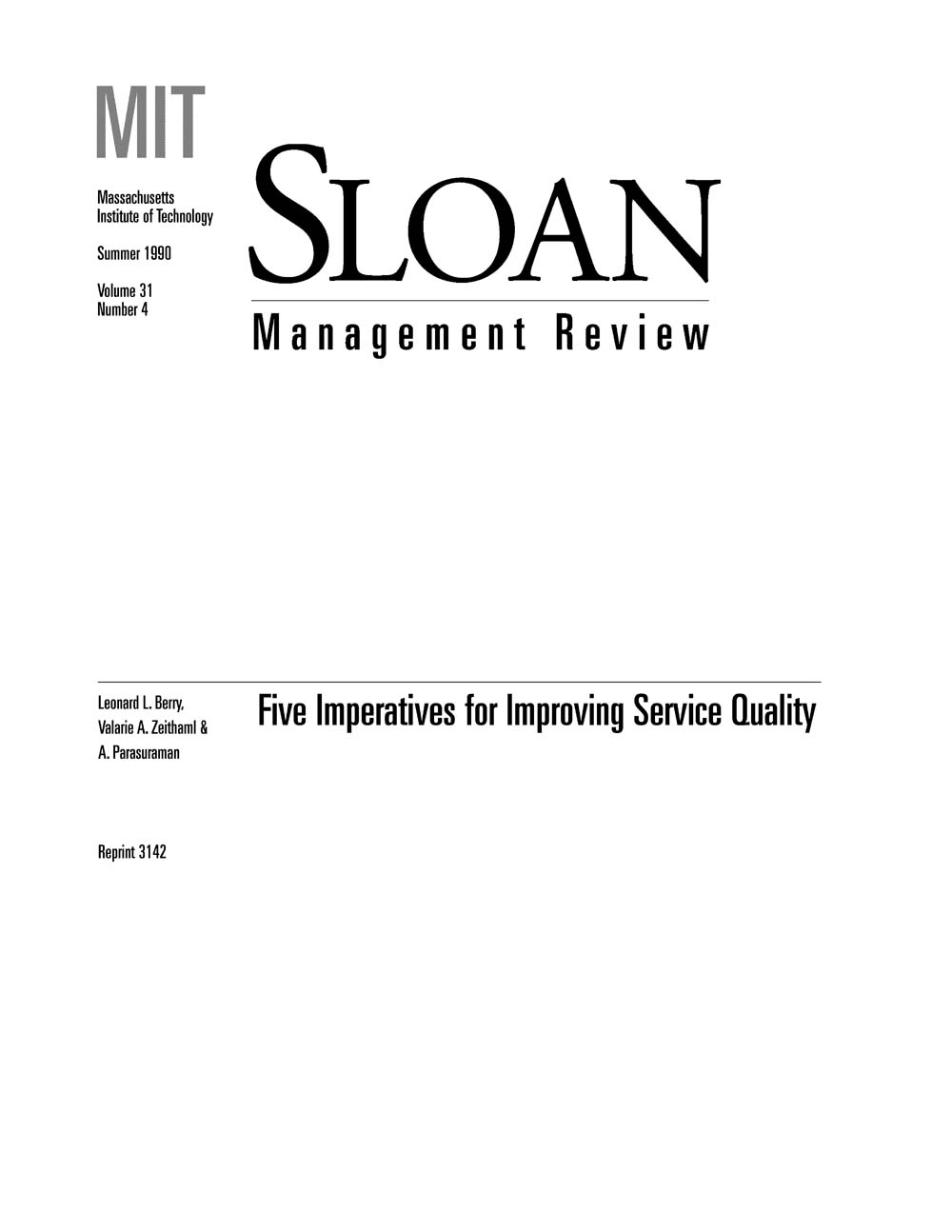Is the Internet just another marketing channel like direct mail or home shopping? Or will it revolutionize global marketing? Will large multinationals lose the advantages of size, while small start-ups leverage the technology and be-come big players internationally? The authors discuss the different opportunities and chal-lenges that the Internet offers to large and small companies worldwide. They examine the impact on global markets and new product development, the advantages of an intranet for large corporations, and the need for foreign government support and cooperation.
Marketing
Page 23 of 23
-
First to Market, First to Fail? Real Causes of Enduring Market Leadership
Using a historical method, the authors try to determine why pioneeers fail and early leaders succeed.
-
Speeding High-Tech Producer, Meet the Balking Customer
Increasingly, hardware producers and software developers are falling over each other to be first to market with even newer and even more improved versions. To use IT-intensive products effectively, consumers often must make long-term financial and nonfinancial investments in the product or in the overall system; they expect to be able to use the product for an extended period before having to repeat the investment. The rapid introduction of new and improved versions can make a consumer regret a previous purchase, hesitate over any new purchase, and agonize over similar purchases in the future. It is not in a producer's long-term interest if consumers balk. The author articulates the underlying reasons for -- and the consequences of -- adverse consumer reaction to rapid product improvement and offers suggestions for mitigating some of these reactions.
-
Marketing Strategies for the Ethics Era
Marketing strategies are increasingly subject to public scrutiny and are being held to higher standards. Caveat emptor is no longer acceptable as a basis for justifying marketing practices. The author's "marketing ethics continuum" explains the shift in society's expectations of marketers and provides benchmarks against which marketers can evaluate their practices and perspectives. Today, consumers' interests are increasingly favored over producers'; consumers can make more informed choices, and less capable consumers are offered special protection. The author provides a practical framework - including the consumer sovereignty test - for marketers to apply to their decision making. The framework attempts to answer the question: What constitutes ethical marketing practice? The test examines consumer capability, information provision, and consumer choice.
-
How to Address the Gray Market Threat Using Price Coordination
Gray market goods are brand name products sold through unauthorized channels. Gray markets have recently become more threatening to multinational companies as a result of the increasing number of global products available and easily accessible price information about them. The authors present a framework to select the right approach to the gray market threat by coordinating price-setting decisions based on the subsidiary's local resources and the complexity of the product's market. Through examples from their sample of companies that have dealt with gray markets, they show how price coordination methods have been implemented.
-
Best Practice for Customer Satisfaction in Manufacturing Firms
Although researchers have concentrated on various measures of customer satisfaction (CS) and the relationship of CS to firm performance, they have done little to determine what constitutes the best practices of firms focusing on CS as a corporate strategy. These authors report the results of their investigation into the best practices of four manufacturing firms with reputations for delivering high levels of customer satisfaction. They found that, although the firms developed a CS strategy for different reasons, each had similar characteristics that enabled them to concentrate on satisfying the customer. While the firms generally outperformed the average firm in their industry in profits and asset utilization after adopting a customer satisfaction strategy, they were not as successful in increasing market share; nor has the market valued them as highly as it has valued others in their industry. Finally, the authors suggest ways companies can improve their customer satisfaction measures and practices.
-
Financial Analysis for Profit-Driven Pricing
An effective pricing decision should involve an optimal blending of internal financial constraints and external market conditions.
-
Understanding Customer Expectations of Service
Some companies have more than just a competitive advantage in customer service, they have unwavering customer loyalty. How do they do it? The authors argue that the key to providing superior service is understanding and responding to customer expectations. Through their research, two different kinds of expectations emerged, both of which can change over time and from one service encounter to the next for the same customer. By responding appropriately to these expectations, managers can be on their way to developing a “customer franchise.”
-
Five Imperatives for Improving Service Quality
It is time for U.S. companies to raise their service aspirations significantly and for U.S. executives to declare war on mediocre service and set their sights on consistently excellent service, say the authors. This goal is within reach if managers will provide the necessary leadership, remember that the sole judge of service quality is the customer, and implement what the authors call the "five service imperatives."



